Corporate News
Company News
- Aluminum veneer customization, creating a new trend of personalized space
- Fluorocarbon aluminum veneer, the new darling of the construction industry?
- Curtain Wall Aluminum Veneer: Invisible Frame of Architectural Art
- Aluminum veneer, the fashionable choice for modern architecture!
- Fluorocarbon aluminum veneer: the fashionable choice for modern architecture?
Industry dynamics
- Aluminum veneer: the new favorite of lightweight and modern architecture
- Punched aluminum veneer: the fashionable choice for modern architecture?
- Aluminum veneer customization, creating exclusive space aesthetics
- Aluminum veneer: the fashionable choice for modern architecture
- Aluminum veneer customization, creating a new trend of personalized space
Frequently asked questions
- Can the insulation function of aluminum veneer be long-lasting and effective?
- What is the thermal expansion coefficient of aluminum veneer?
- Is the use of aluminum veneer limited by geographical environment?
- How sustainable is aluminum veneer?
- Can aluminum veneer be used for building canopy design?
contact us
Mobile:+86 15627778610
Email: 2201229786
Address: No. 5 Binjiang Road, High tech Zone, Zhaoqing City, Guangdong Province
Modern interpretation of aluminum veneer: perfect fusion of light luxury and practicality
- Author: Xinlongtai Aluminum Industry (Guangdong) Co., Ltd
- Release time: March 2, 2025 00:33:29
- Click:0
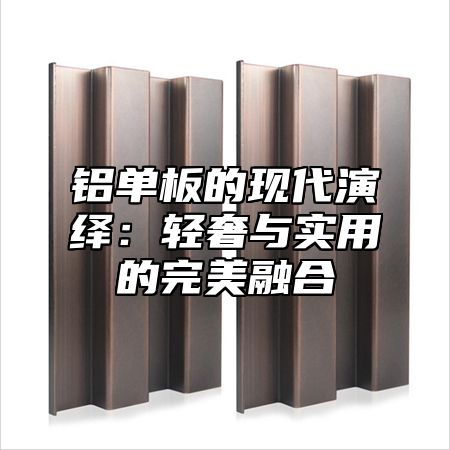
Have you ever thought about a small pieceAluminum veneerCan it become an indispensable element in modern architecture? I'm going to talk to you about this topic and see how aluminum veneer perfectly blends luxury and practicality in modern architecture.
We need to understand what aluminum veneer is. Aluminum veneer is a sheet made from aluminum plates through cutting, bending, and other processes. Don't underestimate this board, it is a "star" in modern architecture! Let's take a look at how it functions in modern architecture.
The appearance of the aluminum veneer is quite awesome. Imagine if all the exterior walls of a building were wrapped in aluminum veneer, how cool it would be! The sense of light luxury instantly explodes, making people feel the unique charm of this building at a glance. Aluminum veneer comes in a variety of colors and textures, which can be freely matched according to the designer's creativity, bringing endless vitality to the exterior walls of the building.
Aesthetics is only one aspect. Aluminum veneer is also quite outstanding in terms of practicality. It is lightweight, easy to install, and greatly reduces construction difficulty and cost. Aluminum veneer has good corrosion resistance, is not easy to rust, and has a long service life. Aluminum veneer also has good thermal insulation performance, which can effectively reduce building energy consumption and provide people with a more comfortable living environment.
Speaking of which, I can't help but think of a project I recently participated in. That is an office building located in a bustling commercial district, decorated with aluminum veneer on the exterior. The entire building has smooth lines, giving people a simple yet high-end feeling. What impressed me the most was that this office building used energy-saving and environmentally friendly aluminum panels, which not only reduced energy consumption but also made the entire building appear more environmentally friendly.
Of course, the application field of aluminum veneer is not limited to construction. Aluminum veneer is also a good hand in indoor decoration, furniture manufacturing and other fields. Aluminum veneers may be used in household cabinets, wardrobes, and even high-end brands of watches and jewelry. Its unique texture and beauty make these products more upscale.
However, when it comes to aluminum veneer, we also need to talk about its manufacturing process. The production process of aluminum veneer has become quite mature, with many innovations in surface treatment and processing techniques. Surface treatment techniques such as anodizing and fluorocarbon spraying can make the surface of aluminum veneer smoother, more wear-resistant, and corrosion-resistant. For example, processing techniques such as CNC bending and laser cutting make aluminum veneer shapes more diverse and meet the needs of different customers.
Aluminum veneer also has its limitations. Its fire resistance is relatively poor, and in the event of a fire, it may pose a safety hazard. When using aluminum veneer, we need to fully consider this to ensure the safety of the building.
The application of aluminum veneer in modern architecture is becoming increasingly widespread, bringing endless surprises to people with its perfect fusion of luxury and practicality. Perhaps in the near future, aluminum veneer will shine in more fields and become an indispensable part of people's lives.
What I want to say is that a small piece of aluminum veneer can become a "star" in modern architecture, which is really unexpected. Perhaps one day in the future, we will discover more magical materials like aluminum veneer, bringing more beauty to our lives. Let's look forward to it together!

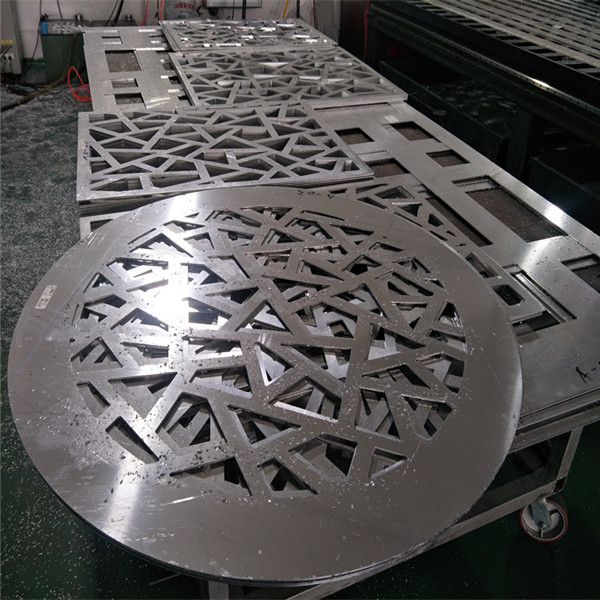
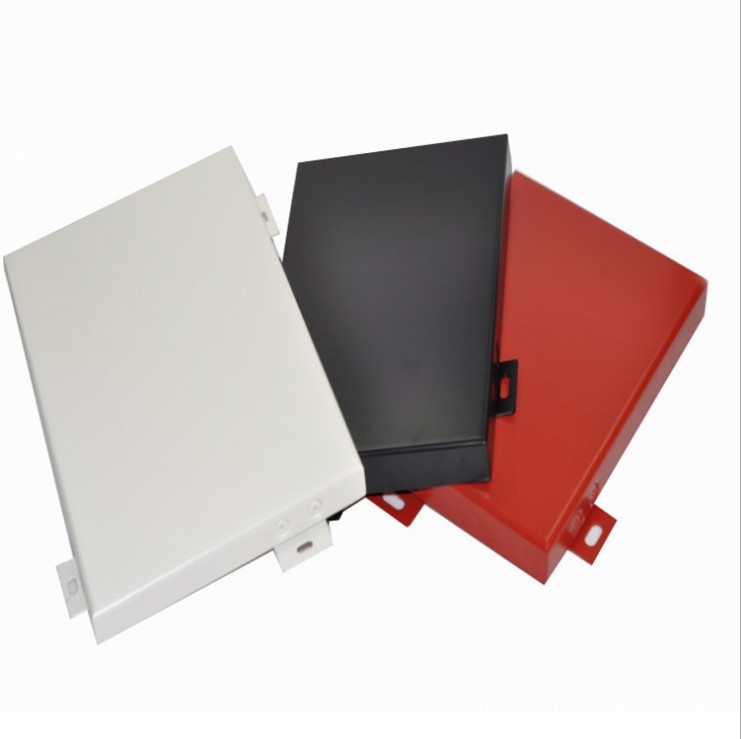
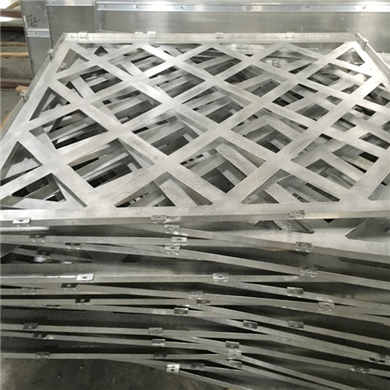
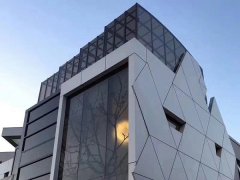
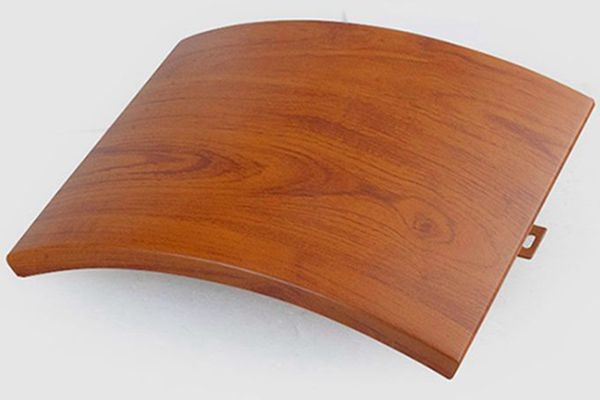
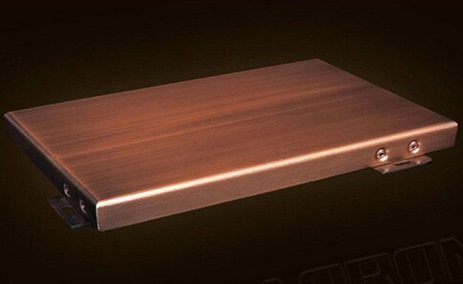
 Customer service QQ
Customer service QQ